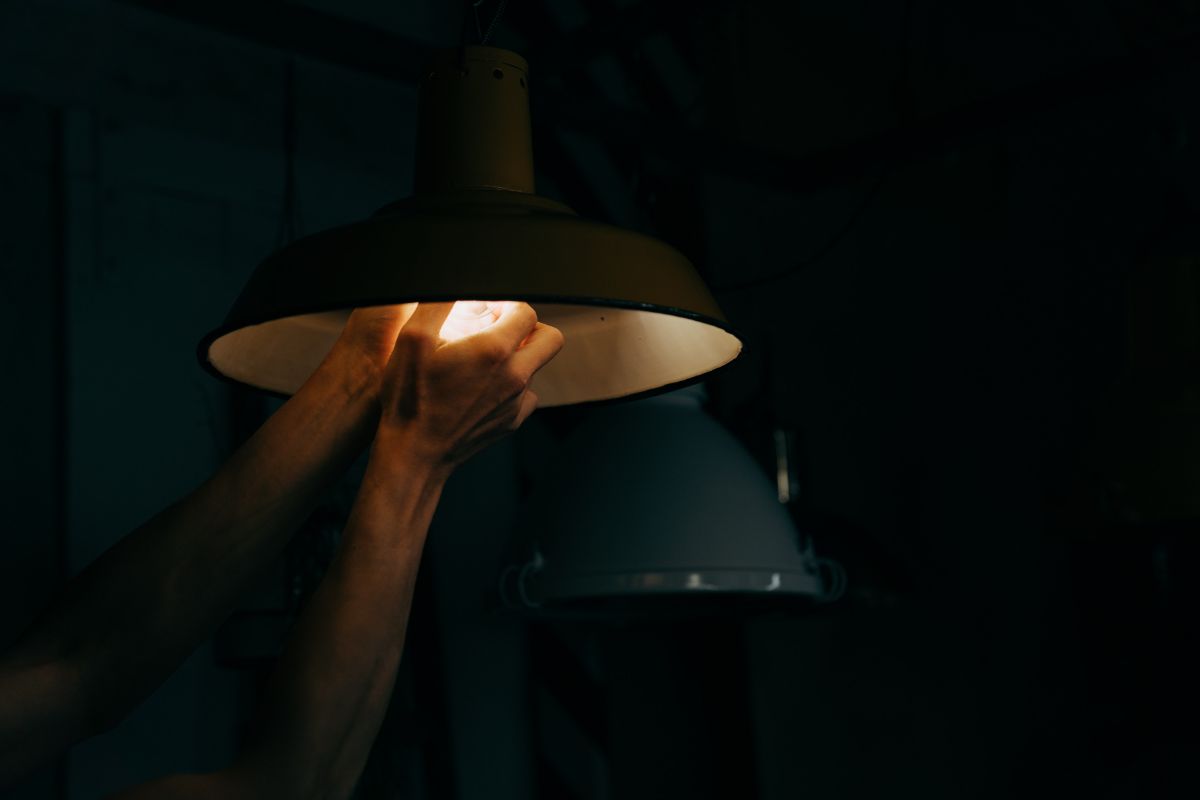How to fix a blown fuse
There are some home electrics activities you can undertake yourself, as long as you are confident and comfortable and you are not working with mains electricity that will need the support of a qualified electrician. Check out our 5 top tips below to help you stay safe.
If you have gone to use an appliance only to find that it doesn’t seem to have any power or it suddenly stops working midway through use, you may find that you have blown a fuse, and this will need changing before you can use your appliance again. Firstly, be sure to unplug the appliance and keep it away from the main’s electricity. Using a screwdriver, remove the plate at the back of the plug and here, you will find a small cylindrical tube known as a fuse. If you don’t have the right fuse in your home, you may have to go to the local shops to purchase one – they can normally be found with the batteries.
Once you have the right fuse, simply pop out the old one – much like a battery – and install the new fuse before screwing the cover back on. Plug your appliance back in and confirm it is working. If it works, you have fixed the problem; if not, you may find it is a problem with your plug socket rather than your appliance.
Why does your fuse box keep tripping?
Are you minding your own business at home, only to find that your lights and electricity keep going out? You have checked with the neighbours, but they don’t have a problem, so you know it isn’t a power cut. It could be an appliance tripping your fuse box repeatedly, and it’s time to find the cause of the problem. Firstly, we recommend thinking back to the last appliance you plugged in – have you got a slow cooker on in the kitchen, or have you just plugged your hoover in to charge? Through a process of elimination, unplug the most likely suspects and see if this helps to solve the problem. If it does, you may have a problem with that appliance. If not, we recommend getting in touch with your local emergency electrician, who will be able to find the problem for you.
Checking your plug sockets
It’s always a good idea to check your home’s sockets every few months to make sure they’re still in working order. You can buy an inexpensive socket tester from any major hardware store. While you’re at it, take a look at the socket plates too, and see if there are any cracks, discolouration or burn marks that could signal an electrical issue. Don’t forget to test outdoor sockets as well as the ones that you don’t use very often, like those in the basement or behind furniture. If you find anything that doesn’t look right, call in an electrician to check it out.
How to change your lightbulb
This is often a simple task that many of us don’t even think about doing whilst we are doing it, but for others, it can be a little daunting. Luckily, once you have changed a bulb a few times, it becomes easy – just like riding a bike! Before changing your bulb, we recommend ensuring you have the correct replacement to hand, as light fittings often come with several different options for bulbs, including fitting shape and wattage. If you are unsure, we recommend you follow the below steps to remove your light bulb before taking it to a local store to find its counterpart.
Turn off your lights before you remove your light bulb. You may have to use a ladder to reach your fitting, in which case, make sure you have someone else with you to support you when changing the bulb. Simply remove the bulb – often, they are either corkscrew in shape or push-and-twist fittings, and the bulb should come loose in your hand. Don’t squeeze the bulb, as this could cause it to shatter, and you may injure yourself. Once your old bulb is out, put your new bulb in, either screwing or twisting, depending on the shape. Turn on your lights to make sure your bulb is working.
How to turn the home electrics mains power off at home
From time to time, we may need to turn off the main power in our home – if we are replacing a socket front, for example. This ensures that any electrical work we are carrying out can be done so safely. To turn off the electrical power to your whole house, you need to locate your main electric panel – also known as your fuse box or circuit breaker. Often, this can be found in a utility room, basement or kitchen, and for flats, it can often be found close to the front door. Before you turn off mains electricity, we recommend turning off as many appliances and sockets as possible to avoid a power surge when your electricity is turned back on. Find the main trip switch and switch it from on to off. Test your electrics by flicking a light switch to see if your electrics are still on.
DISCLAIMER – do not undertake any challenging electrical work at home or in the workplace unless you have been trained and are qualified to do so. Electricity is dangerous and can cause serious injury or death if not handled safely.
This may also interest you:
Prepare your garden electrics for winter in 2022
BES Electrical is your local home electrics team
For some of us, completing routine electrics at home, such as changing a light bulb or checking our sockets, is not a big concern, and often we complete these tasks without thinking. For others, this can be an incredibly daunting task that we often put off for fear of getting injured or damaging our electrics. For those of us who prefer not to undertake these tasks, BES Electrical is here to support you. As your local domestic and commercial electricians, we work with hundreds of customers every week to ensure that their homes and electrics remain safe.
If you are concerned about your electrics or you need some work completed on your home, get in touch with BES Electrical today and find out how we can help you.




